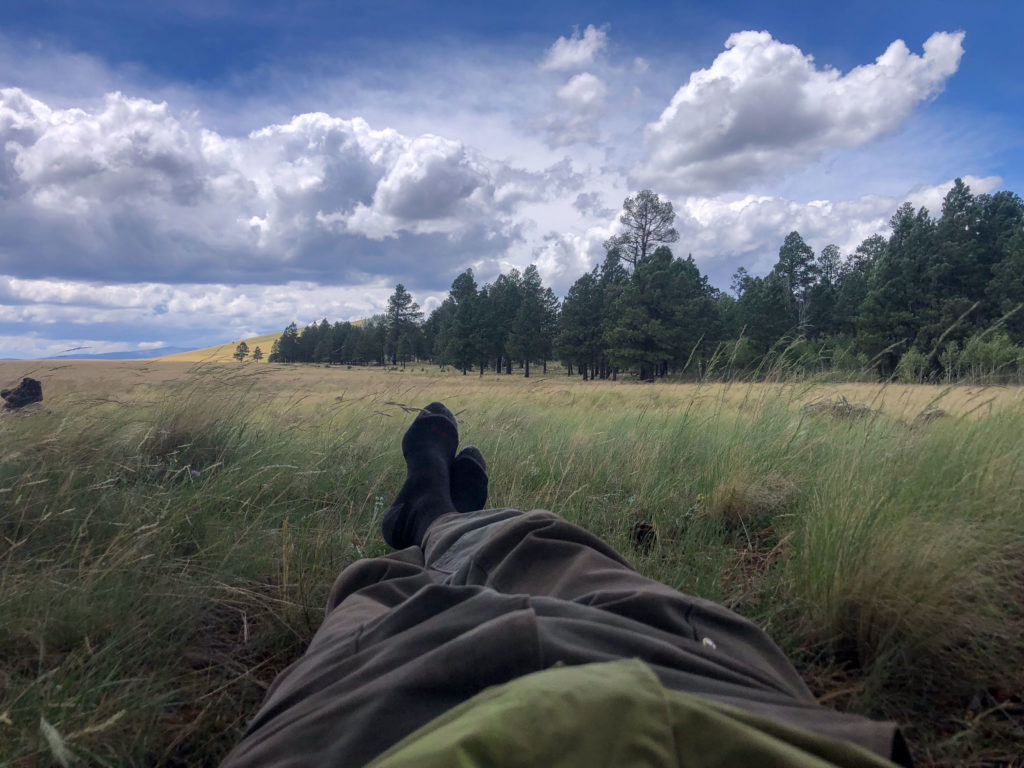
Written by Jonathan Patt, Wild Arizona’s Field Operations Manager.
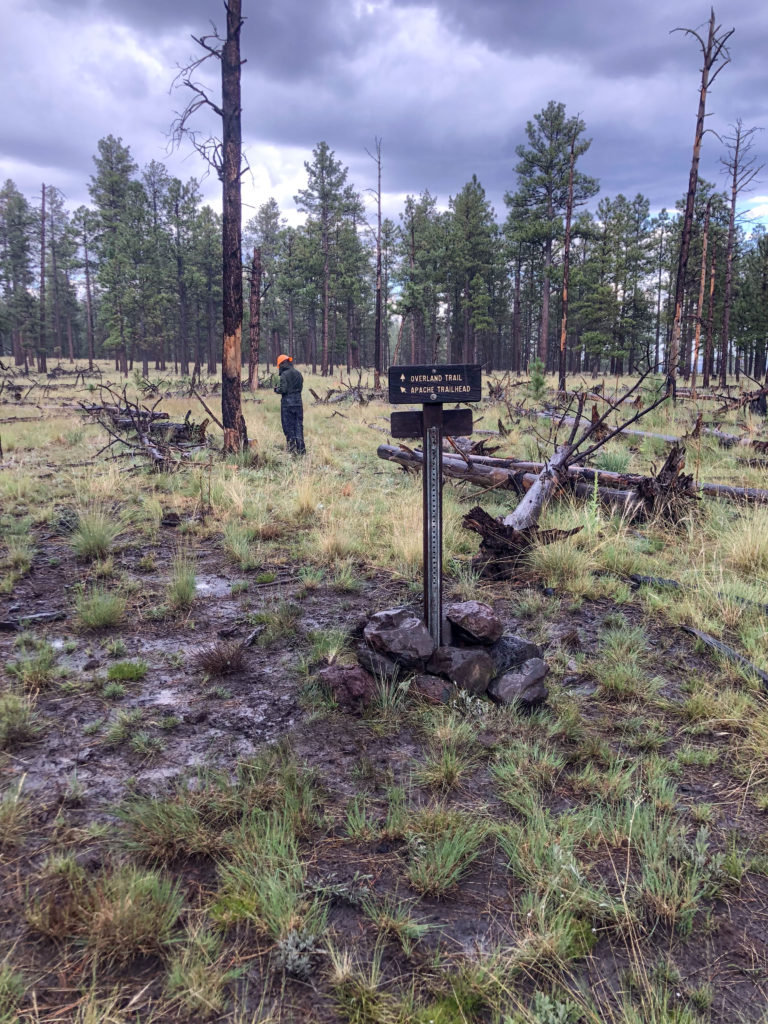
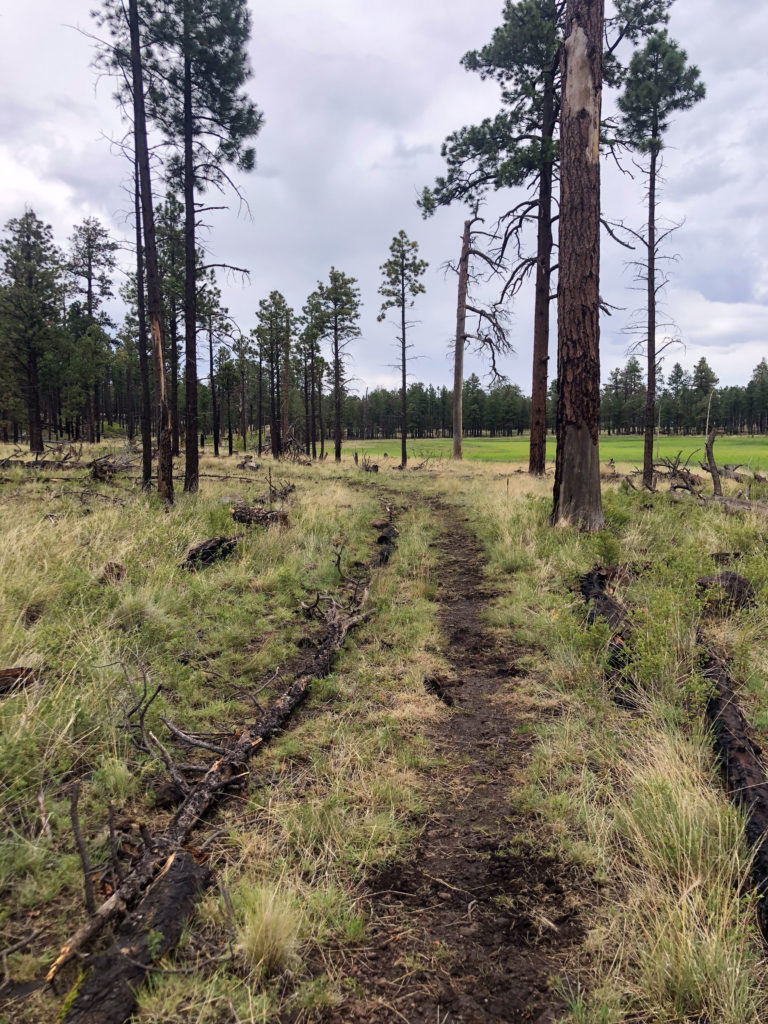
After a few days spent familiarizing ourselves with and getting started on the Overland Trail last hitch, we returned to the Springerville–Eagar area armed with more maps and knowledge and a good plan of what to focus our efforts on.
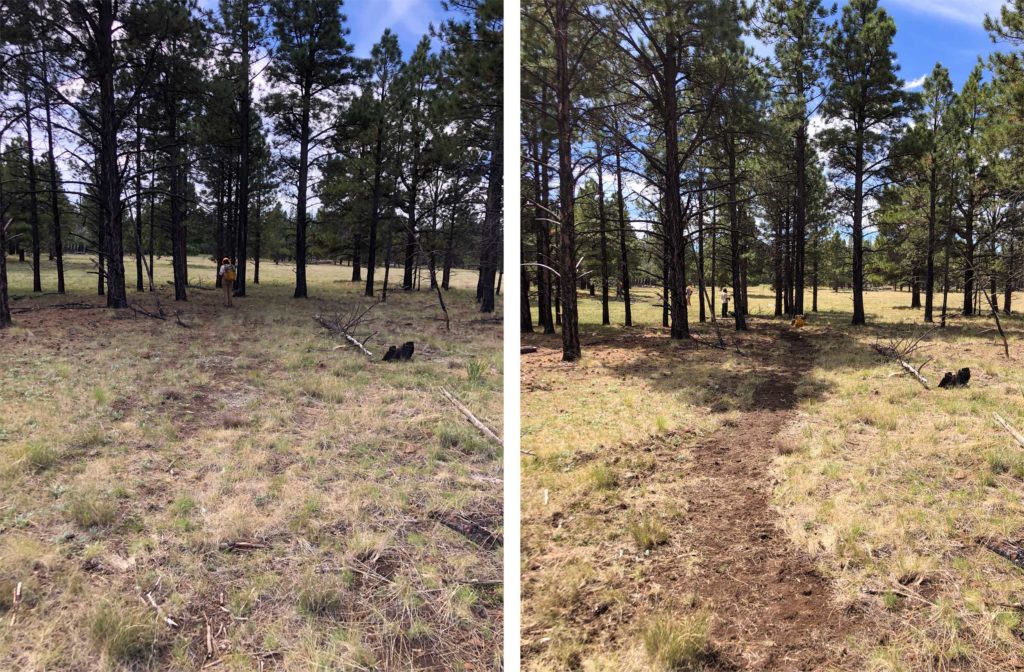
Starting at the spur to the Apache Trailhead where we had ended the previous hitch, we worked our way south with an assortment of sign reinstallation where possible, digging out grasses to better define and smooth out the trail, rehabbing portions of old abandoned two-track the trail follows, building check dams and drains where possible, blocking off motorized intrusion in portions where motorized access is not allowed, and grubbing out raspberries and aspen trees. As we went, we switched up our access to the trail and came in on various side roads that kept us close to our work area. The further south we got, the more the focus was on digging out grass as the trail exited the woods and began crossing large open meadows.

After several days, we were able to walk directly to our work area from our camp on the edge of the forested north side of Rudd Knoll, and then continued to work south from there through the side of grassy hills to several hundred feet shy of the crossing with Forest Road 90, for a total of 5.6 miles of trail worked on this hitch.
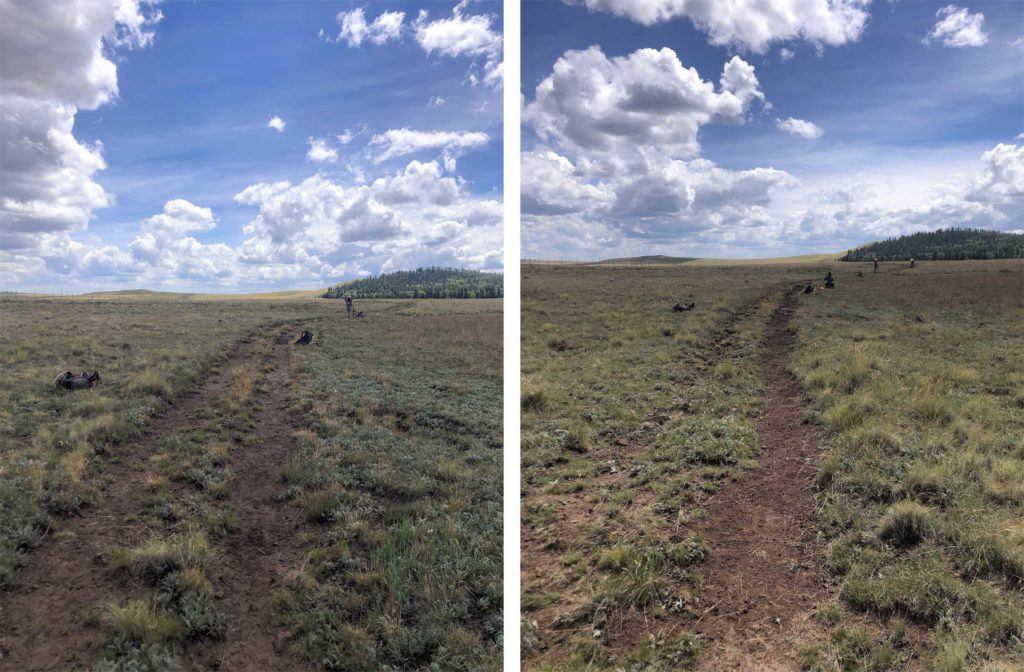
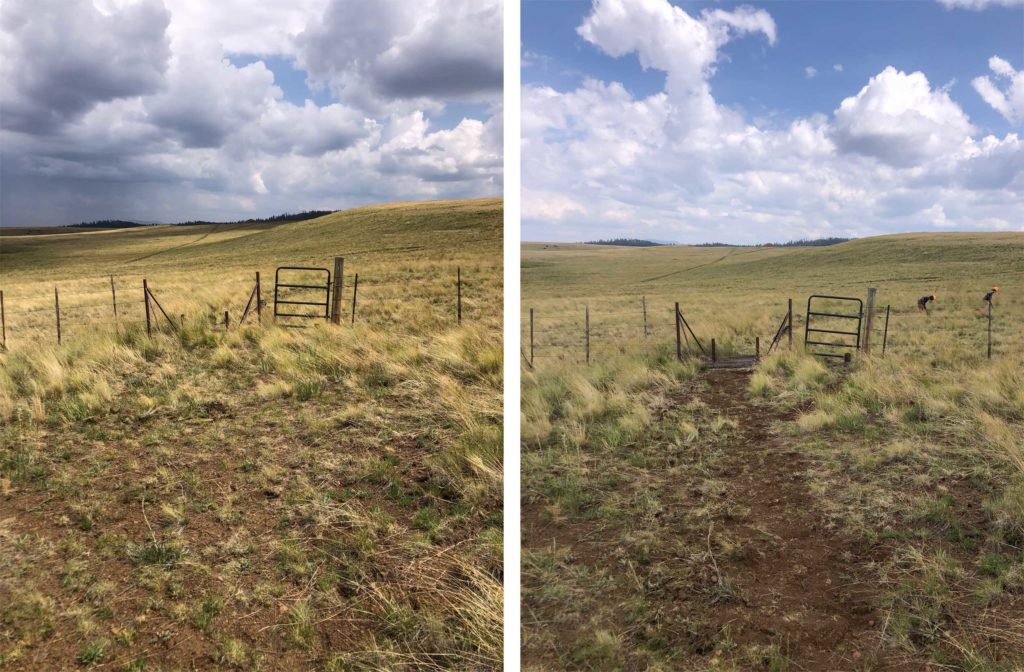
Our first few days had rain every evening, often right as the work day was ending with storms during and after dinnertime, however as Hurricane Hillary approached the southeastern U.S., the weather dried up and was replaced with high winds instead. Despite the rain, we still managed to make and enjoy crunchwraps on Friday night—and on our final night, we took a much-deserved after work trip into Springerville to dine out at a local restaurant.

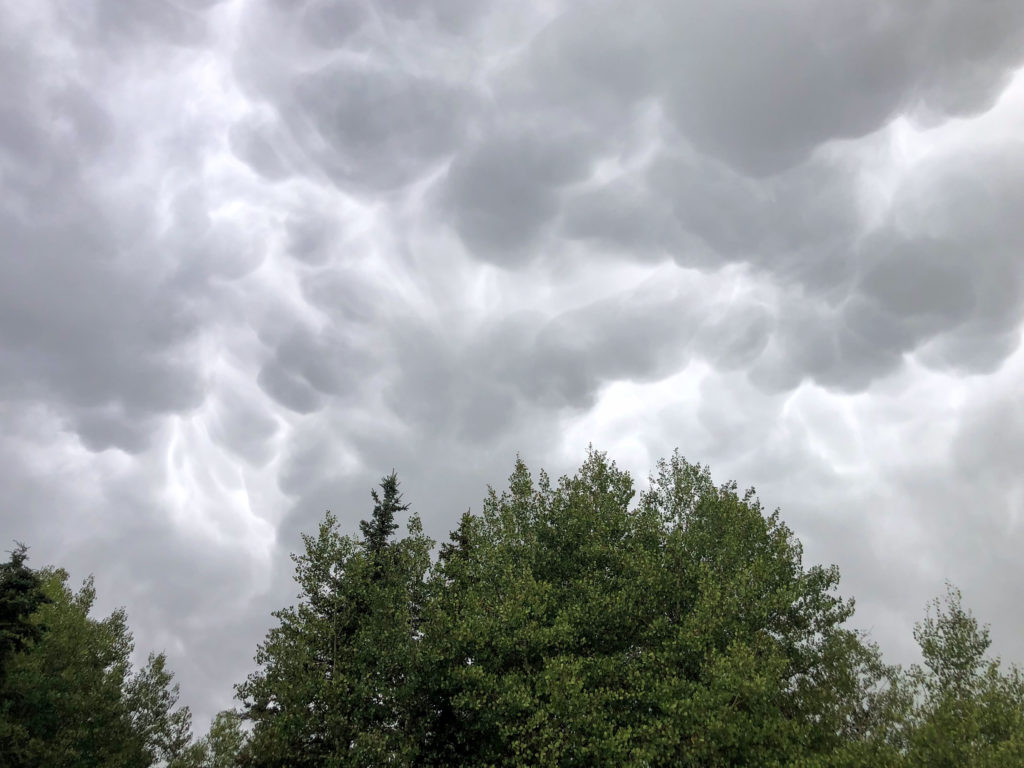
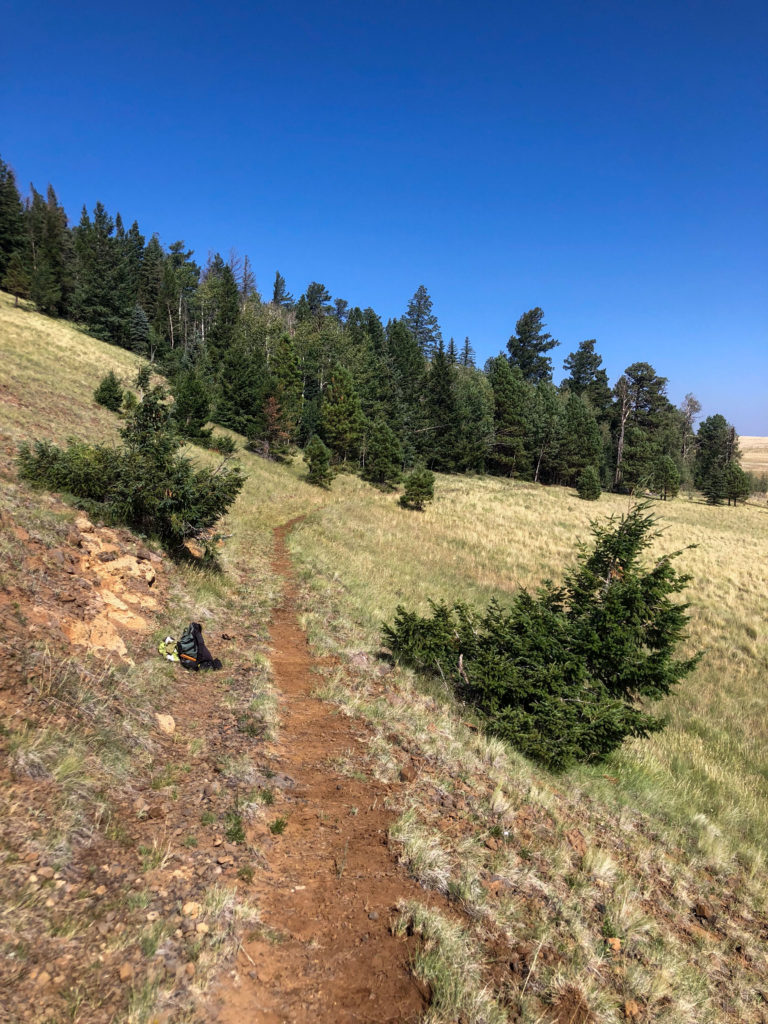
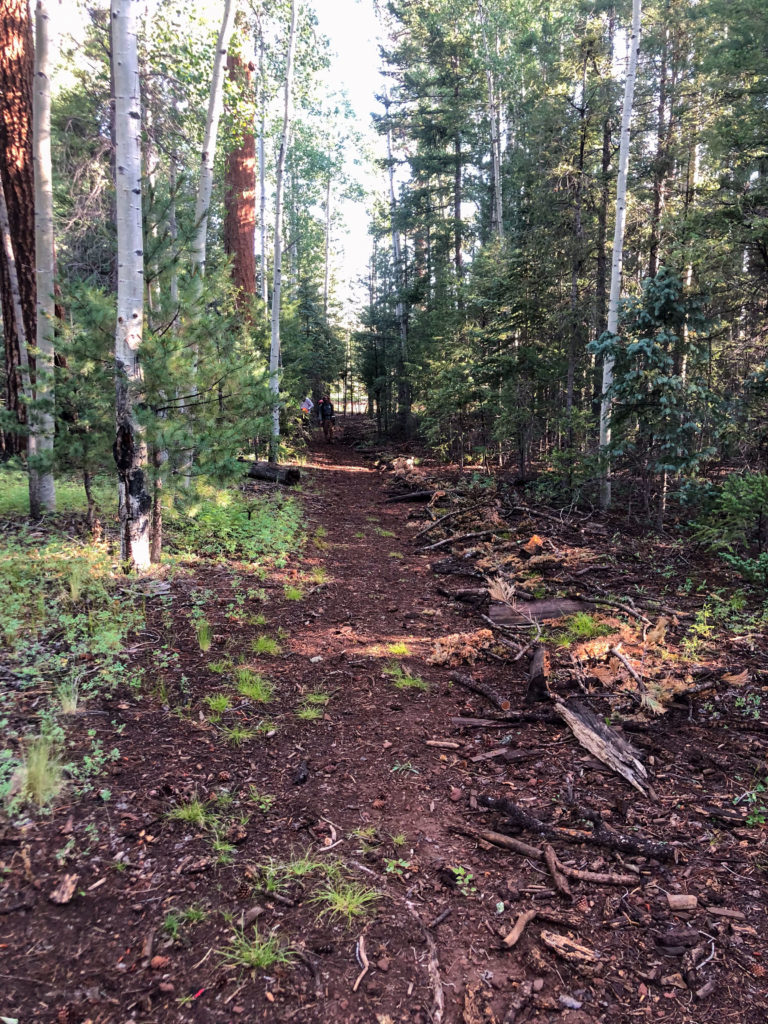
Next hitch we’re going to temporarily say goodbye to the Apache–Sitgreaves National Forest and work on the Arcadia Trail on Mt. Graham in the Coronado National Forest across Labor Day weekend. Wish us luck!
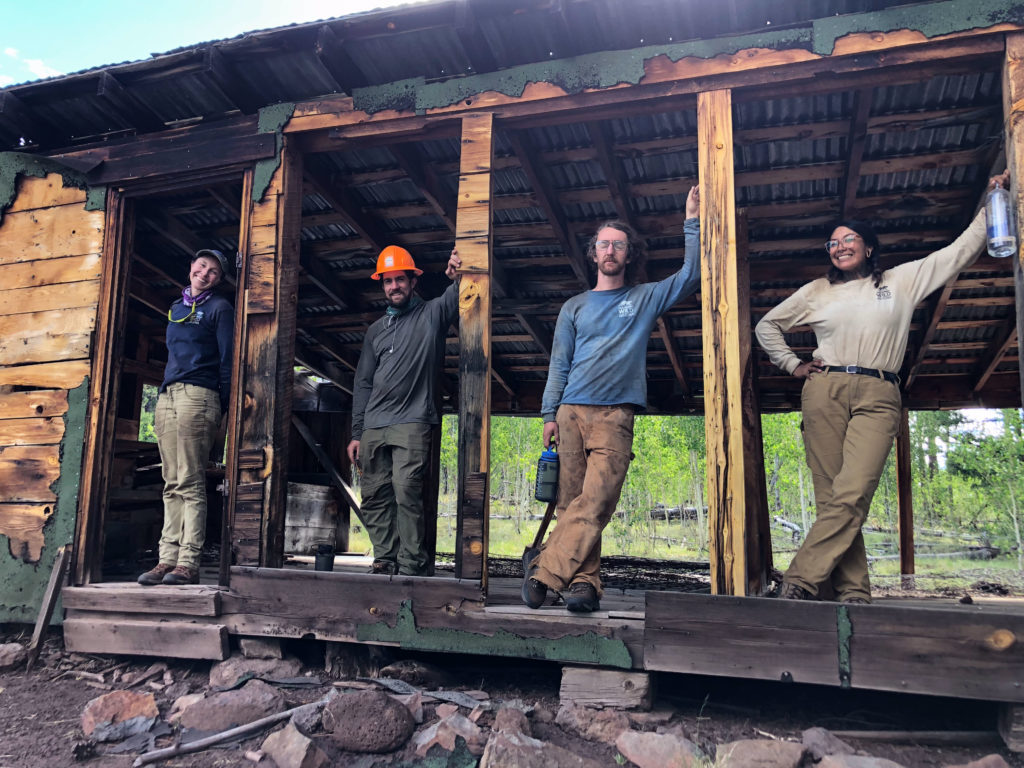









 Sunshine & Snowstorms
Sunshine & Snowstorms  on the Highline Trail
on the Highline Trail